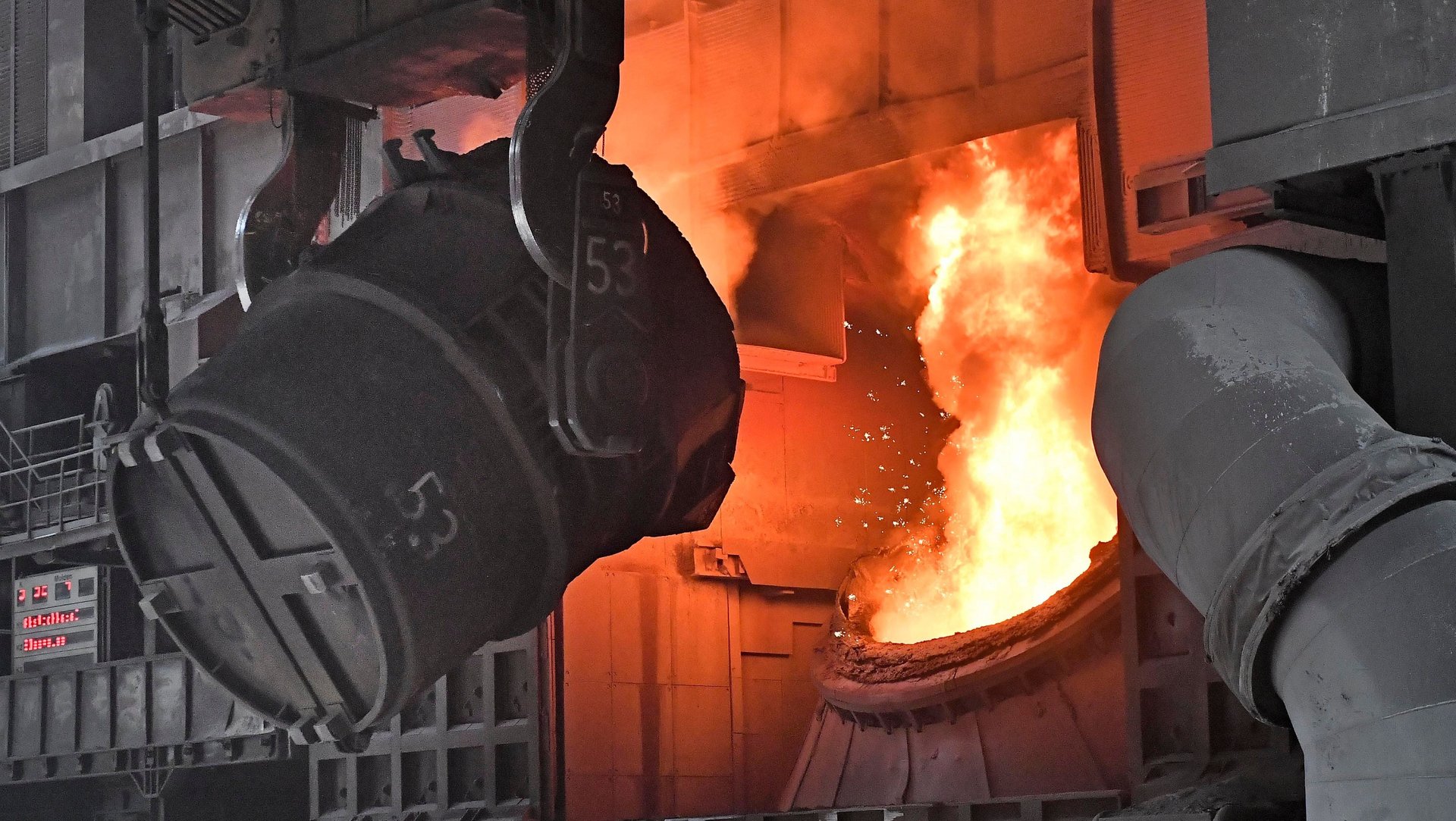After years of falling, US carbon emissions rose again in 2018
Carbon emissions in the US are up for the first time in four years—a change that’s likely been driven by economic growth.


Carbon emissions in the US are up for the first time in four years—a change that’s likely been driven by economic growth.
In an estimate published by the research firm Rhodium Group, emissions from burning fossil fuels in the US rose 3.4% last year, after falling each of the previous three years in a row.
The New York Times, which first reported the estimate, noted that the increase came despite several coal-fired power plants closing in the US last year. The driver was likely an increase in emissions from the industrial manufacturing sector, as well as planes and trucks, the Times notes.
Industrial manufacturing alone, which includes steel, cement, and oil refining, emitted 5.7% more carbon than the year prior, as the US economy grew and heavy industry avoided any new carbon-reducing regulations under the Trump administration.
“The big takeaway for me is that we haven’t yet successfully decoupled U.S. emissions growth from economic growth,” Trevor Houser, a climate and energy analyst at the Rhodium Group, told the New York Times.
This comes as no surprise. Researchers have known since at least early December that emissions worldwide were accelerating like a “speeding freight train” as 2018 came to a close. In a study published last month, researchers pointed out that economic growth was outpacing countries’ attempts to reduce their emissions. Demand for oil rose for the fifth year in a row in 2018, likely spurred by more people buying cars and driving further, as the researchers told the New York Times. Globally, emissions are estimated to have risen 2.7% in 2018, after rising 1.6% the year prior, which ended a global three-year emissions plateau.
While emissions are rising as the economy grows, the worsening effects of climate change are set to cost the US economy dearly by the end of the century. In November, scientists from 13 US federal agencies published a report that found climate change will likely cost the country hundreds of billions of dollars in damage each year. Climbing temperatures, for example, are set to cost $160 billion in lost wages per year.